Growing Up with ADHD: Perspectives of a Child Psychiatrist & His Son [presentation]
 In this presentation, CHC’s Chief Psychiatrist & Medical Director Dr. Glen Elliott and his son Mark Elliott, MD, a first year Child Psychiatry Fellow at UCSF, share their personal perspectives on growing up with ADHD. The session starts with a brief description of key symptoms of ADHD followed by a walk down memory lane of how ADHD affected the lives of one parent and one child through different age ranges. Read more »
In this presentation, CHC’s Chief Psychiatrist & Medical Director Dr. Glen Elliott and his son Mark Elliott, MD, a first year Child Psychiatry Fellow at UCSF, share their personal perspectives on growing up with ADHD. The session starts with a brief description of key symptoms of ADHD followed by a walk down memory lane of how ADHD affected the lives of one parent and one child through different age ranges. Read more »

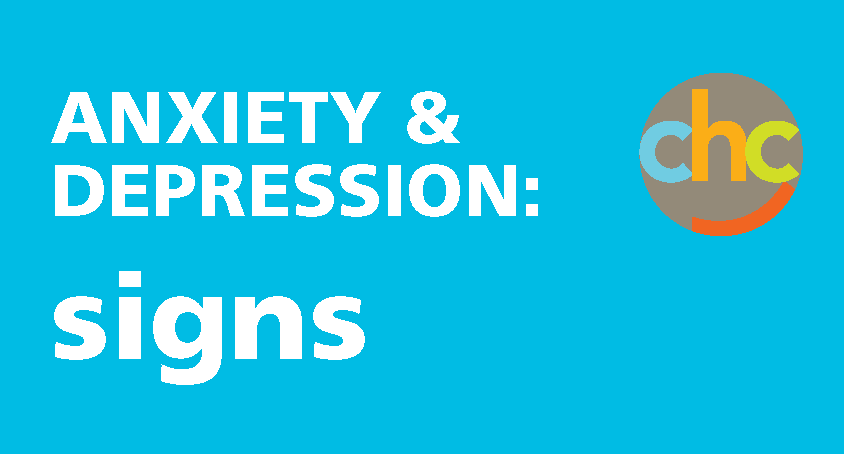
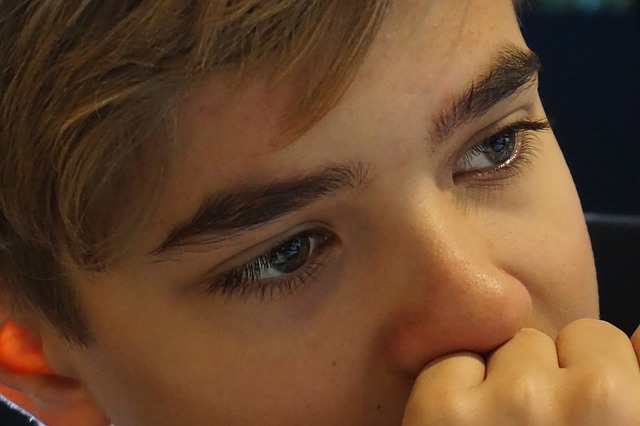
 When tragic events like the
When tragic events like the  Do you have questions about ADHD? Learn about ADHD and the strategies that help promote attention and support executive functioning in Dr. Vivien Keil’s presentation in partnership with San Francisco Public Library’s
Do you have questions about ADHD? Learn about ADHD and the strategies that help promote attention and support executive functioning in Dr. Vivien Keil’s presentation in partnership with San Francisco Public Library’s 
 There are 13 categories that guide how disability is defined under the federal special education law known as the
There are 13 categories that guide how disability is defined under the federal special education law known as the 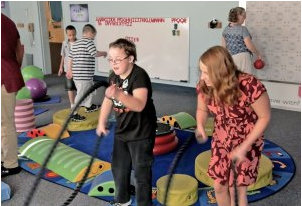
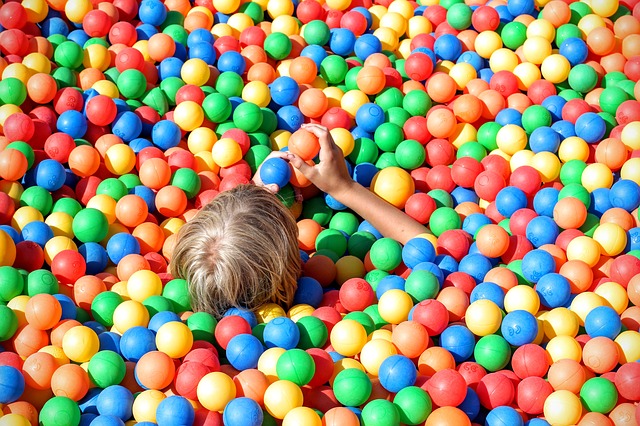
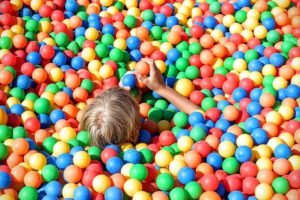 Sensory rooms not only help students with special needs feel more comfortable and empowered in the classroom, they may also keep them in their neighborhood schools, according to K-12 administrators.
Sensory rooms not only help students with special needs feel more comfortable and empowered in the classroom, they may also keep them in their neighborhood schools, according to K-12 administrators.

